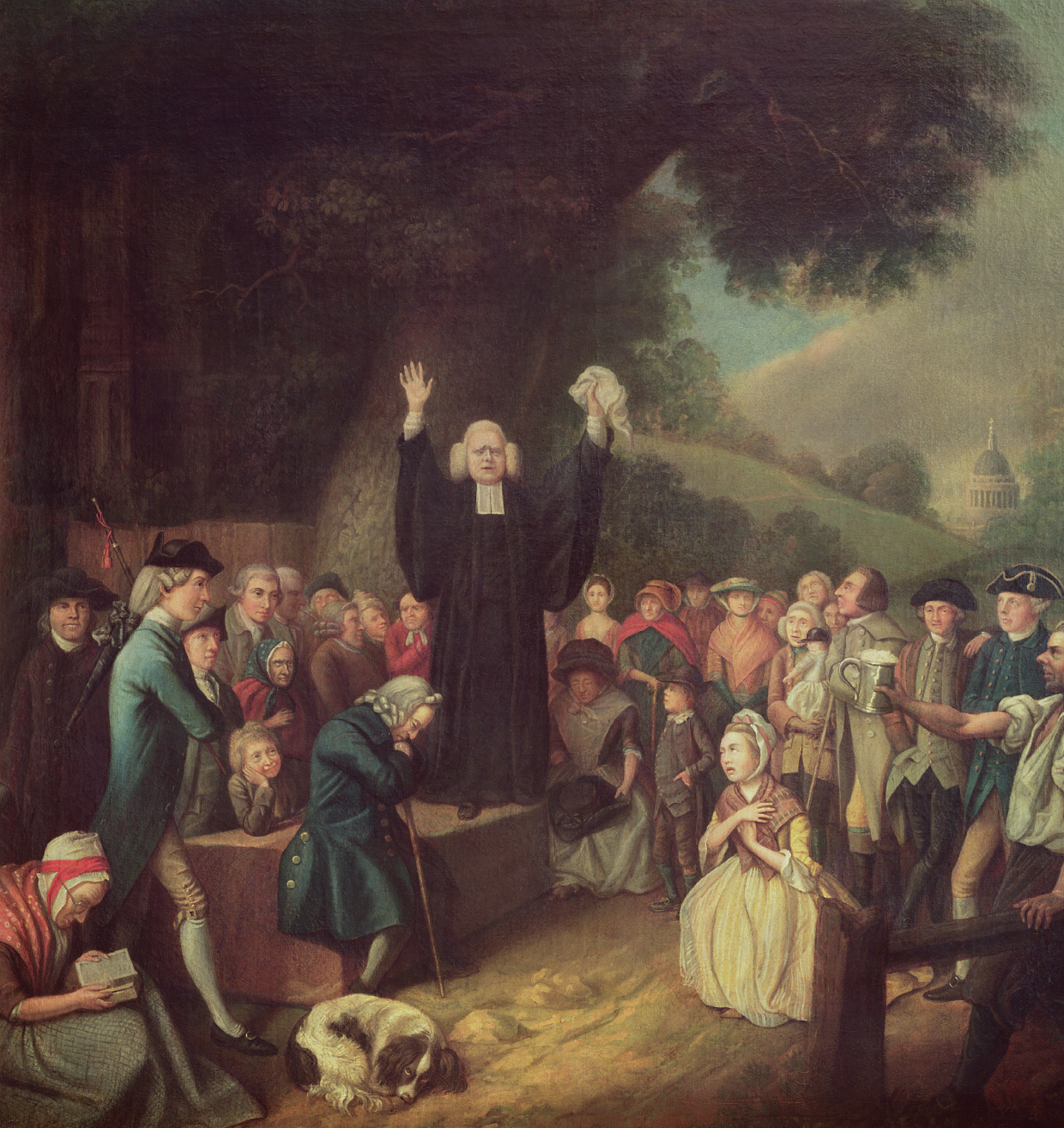Introduction for Chapter 4
CHAPTER 4 Growth, Diversity, and Conflict, 1720–1763
IDENTIFY THE BIG IDEA
In what ways were Britain’s American colonies affected by events across the Atlantic, and how were their societies taking on a life of their own?
In 1736, Alexander MacAllister left the Highlands of Scotland for the backcountry of North Carolina, where his wife and three sisters soon joined him. MacAllister prospered as a landowner and mill proprietor and had only praise for his new home. Carolina was “the best poor man’s country,” he wrote to his brother Hector, urging him to “advise all poor people … to take courage and come.” In North Carolina, there were no landlords to keep “the face of the poor … to the grinding stone,” and so many Highlanders were arriving that “it will soon be a new Scotland.” Here, on the far margins of the British Empire, people could “breathe the air of liberty, and not want the necessarys of life.” Some 300,000 European migrants — primarily Highland Scots, Scots-Irish, and Germans — heeded MacAllister’s advice and helped swell the population of Britain’s North American settlements from 400,000 in 1720 to almost 2 million by 1765.

MacAllister’s “air of liberty” did not last forever, as the rapid increase in white settlers and the arrival of nearly 300,000 enslaved Africans transformed life throughout mainland British North America. Long-settled towns in New England became overcrowded, and antagonistic ethnic and religious communities jostled uneasily with one another in the Middle Atlantic colonies; in 1748, there were more than a hundred German Lutheran and Reformed congregations in Quaker-led Pennsylvania. By then, the MacAllisters and thousands of other Celtic and German migrants had altered the social landscape and introduced religious conflict into the southern backcountry.
Everywhere, two European cultural movements, the Enlightenment and Pietism, changed the tone of intellectual and spiritual life. Advocates of “rational thought” viewed human beings as agents of moral self-determination and urged Americans to fashion a better social order. Religious Pietists outnumbered them and had more influence. Convinced of the weakness of human nature, evangelical ministers told their followers to seek regeneration through divine grace. Amidst this intellectual and religious ferment, migrants and the landless children of long-settled families moved inland and sparked wars with the native peoples and with France and Spain. A generation of dynamic growth produced a decade of deadly warfare that would set the stage for a new era in American history.